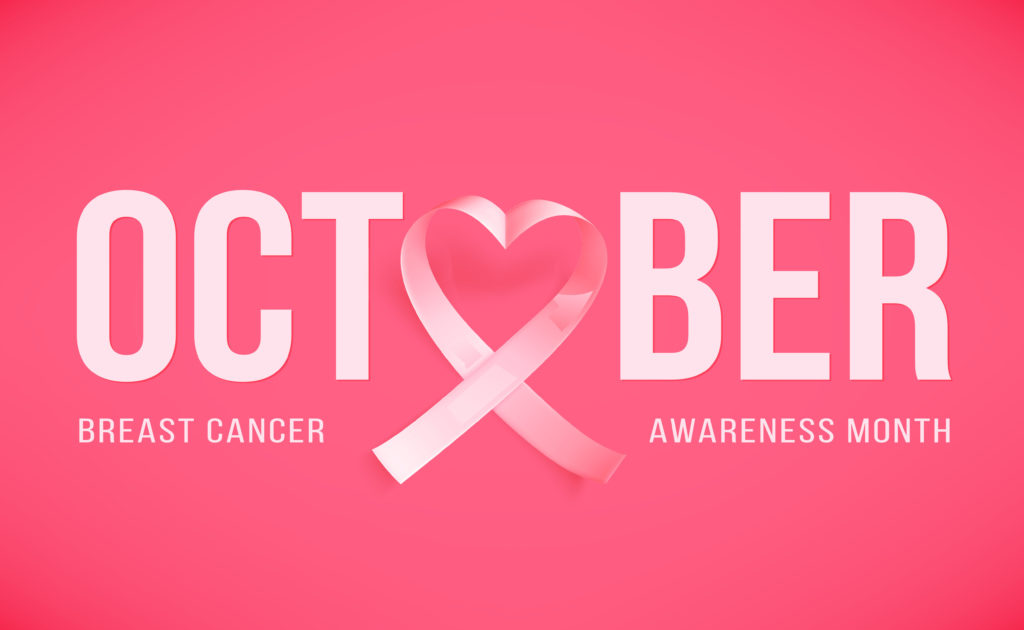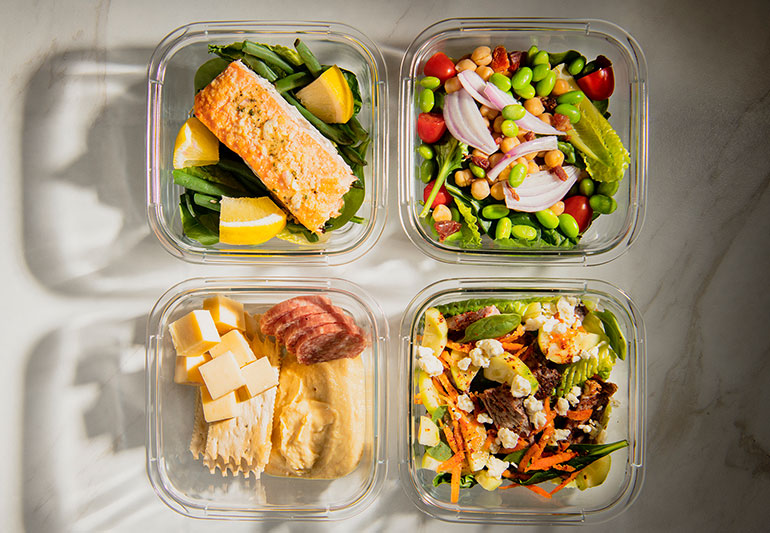We all have been affected by cancer, whether it was you, a friend, or a family member. While we know there’s no one magical change that you can make to completely avoid all risk of cancer, it’s a group of changes and adopting a healthy lifestyle that can help you take preventative measures.
One change that you can make is eating your fruits and vegetables! We know, you hear this from us ALL the time. However, we wanted to share in more detail the “behind the scenes” benefits of them that you may not know about.
The term phytonutrients is a name for a wide variety of compounds produced by plants. Each phytonutrient comes from a variety of different plants and has different effects on and benefits for the body. Although scientists have only studied closely a small fraction of phytonutrients, researchers estimate there are up to 4,000 of them!
How do you get phytonutrients? They’re found in plant foods such as fruits, vegetables, beans, and grains. If you try to improve your balance of meals by including different colors of fruits and vegetables, you’ll be able to provide your body with a wide variety of nutritional benefits.
What are the health benefits of phytonutrients? New experimental studies are emerging and suggesting that phytonutrients may have an even greater role to play in human health than the already positive results that have been discovered to date. See below for some foods that you can incorporate into your daily intake to get these phytonutrients. It’s easier than you think!
| Phytonutrient | Proposed Benefits | Food Sources |
| Anthocyanidins | Blood vessel health | Blackberries Blueberries Cranberries Plums Raspberries Red onions Red potatoes Red radishes Strawberries |
| Beta Carotene | Immune system Vision Skin health Bone health | Apricots Broccoli Cantaloupe Carrots Collard greens Kale Pumpkin Spinach Sweet Potatoes Winter squash |
| Isoflavones | Bone health Breast cancer Joint inflammation Lower cholesterol Menopause | Soybeans |
| Lutein | Cancer Eye health Heart health | Artichokes Broccoli Brussel sprouts Collard greens Kale Lettuce Spinach |
| Lycopene | Heart health Prostate cancer | Pink grapefruit Red peppers Tomatoes Tomato products Watermelon |
| Resveratrol | Cancer Heart health Inflammation Lung health | Grapes Peanuts Red wine |





